Today’s post comes to us from Sean whose personal blog can be found here: www.inlimine.blogspot.com
To fully enjoy Sean’s ride, you have to read the text (below the slideshow) while clicking through the pictures.
;
Most of my life, I live in a suburb of Denver, Colorado. But for a week or two (or, when I’m lucky, three) each year, I live in a home on the Henry’s Fork of the Snake River in Idaho. [See photo #1: Cabin Start to trip]
According to a road sign in the part of Island Park called Last Chance (regarding the oddity of two different town names for one town, no explanation will be forthcoming), Island Park has the longest main street (in this case, Highway 20) of any town in the country. Whatever. Last Chance probably has the highest concentration of fly shops per capita of any town in the country, but I haven’t found a source for that speculation. [See photo #2: Through Last Chance]
As it turns out, lots of Mormons visit Island Park in the summer. The reason for that, I imagine, has to do with three numbers: (1) 300, (2) 6300, and (3) 3000. The first one is the distance, in miles, that Island Park lies to the north of Salt Lake City. The second is the altitude, in feet, of Island Park, putting it about 2000 feet higher than Salt Lake. Both of those combine to yield daytime summer temperatures in the low-to-mid-80s on days when Salt Lake is flirting with three digits. The third number is the rough estimate of trout per mile of a catch-and-release stretch of Henry’s Fork. Hence, the fly shops in Last Chance.
As you might expect for a town where lots of Mormons congregate, there’s a Mormon chapel in Island Park, located — naturally — on Church Lane. [See photo #3: Nearing Church] From one angle, except for the size of the parking lot, it looks like most other Mormon chapels built in the last 20 years. [See photo #4: Island Pk Chapel]
But there are a couple of things that are different. First, there’s an “A-Frame” just behind the standard-issue building. [Seet photo #5: A-frame]
Second, the day these pictures were taken (July 3, 2011) Island Park ward had three sacrament meetings. One at 9:00 a.m., one at 11:00 a.m., and one at 9:00 p.m. (no misprint — we’ll get back to that in a minute). Each sacrament meeting uses the main chapel, and all of the space of the standard two overflow areas behind the chapel, filled with folding chairs. And the similarly-sized chapel area in the A-frame, conducted by video link to the main chapel.
We attend the 11:00 a.m. session. A few notable differences from the US-norm for sacrament meeting. First, about a third of the people there are dressed in vacation clothing — blue jeans and plaid shirts, mostly. Of the men, a second third aren’t wearing ties.
Second, there’s one sacrament table in the standard chapel design, so the young men pyramid-stack the 26 (I counted) bread and water trays atop one another. The chapel fills up early, as you might imagine. Since most of the not-very-many members of the ward usually attend the 9:00 a.m. session, before the service, the bishop requests visitors who hold the Aaronic Priesthood to come up and help with the blessing and passing of the sacrament. Several come forward. One, lacking a tie, is supplied with an extra that is kept in the bishop’s office for just such events.
The service is pretty standard, but I seem to be obsessed with numbers, and I note that almost all of the water trays come back empty. That’s 26 trays and 36 little plastic cups per tray, for a bit over 900 people at the 11:00 a.m. session. It’s fast and testimony meeting. Some of it resonates with me; some of it itches a little bit. (What? The 9:00 p.m. session? It’s for all the LDS young adults who come to Island Park for summer jobs that require them to work seven days a week.)
For me, church is sometimes a joy, sometimes a balm, sometimes a goad, sometimes a crowd. July 3 felt more like a crowd than usual. So it occurred to me that a complete Ride to Church would need to include the second half of my worship that day. So I got back on the road, heading north from Island Park. This is how many people I found there: [See photo #6: Henry’s Lake Flat]
As the road climbs from the Henry’s Lake flats up to the border with Montana, sacrament is served 24/7 at Howard Springs, a drink-it-right-from-the-spring that is always flowing (even in mid-winter, which is pretty dang cold) with the best-tasting spring water in the universe. If you’ve lived your whole life in a can’t-drink-the-water-without-boiling-or-filtering world, you might not have any idea of exactly how sacramental it can be to bow your head to bring your lips to the living fountainof an ice-cold artesian spring. [See photo #7: Howard Springs Nearer]
This is me, post-rite: [See photo #8: Reflected Self Portrait].
A little ways farther down (actually, up) the road, I cross a border. [See photo #9: Entering Montana] I suppose to the wildlife, the border is meaningless, but it feels like progress to me. While Idaho means I’ve left civilization behind, Montana means I’m entering wilderness. (Ok, sort of.)
Soon, I pass a second border, where a different sort of sermon begins. [See photo #10: Yellowstone Entrance] I’ve always had a sense of the sacred as I enter national parks. And Yellowstone is not only the first among equals, it’s the Shambhala of national parks, combining journeys by road, by river, and by foot. [See photo #11: Ystone Road-river]
Here, the water flows not just in rivulets from roadside springs, but rather in huge (huge for the western US, that is) rivers that the roads follow. [See photo #12: Near Madison]
The congregants here are also dressed in summer clothes. [See photos #13 (Elk by Madison) and 14 (Buttercup)]
I watch and listen to what my heart sees and hears.
I’m dazzled by the brightness of the afternoon sun sparkling on the westward flowing Madison River. [See photo #15: Sunlight on Madison]
On the way home, I drive through stretches burned flat and black in the wildfires of 1988. The lighter-green scars of new growth contrast like camo paint the old growth not touched by the fires. The varied patterns show signs of nothing but beauty, and I’m reminded of re-freshment and re-newal. [See photo #16: Burn New Growth]
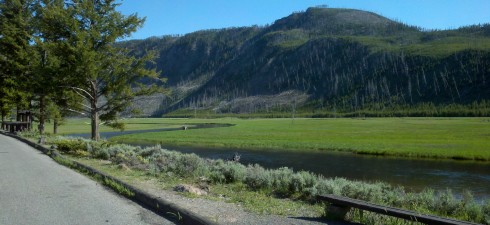
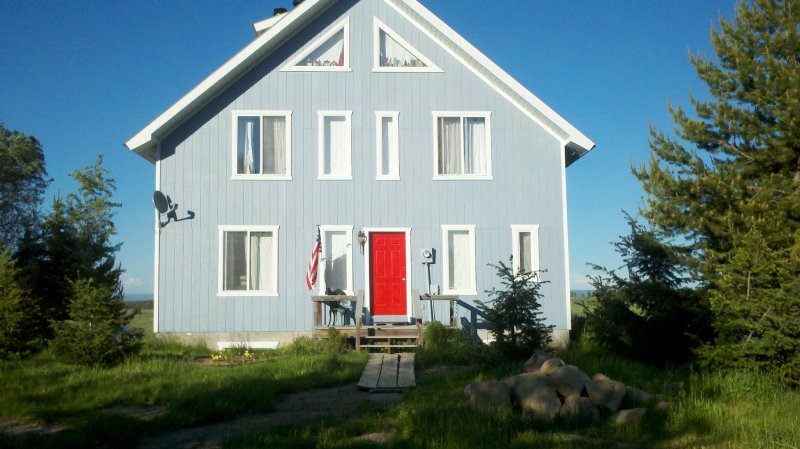
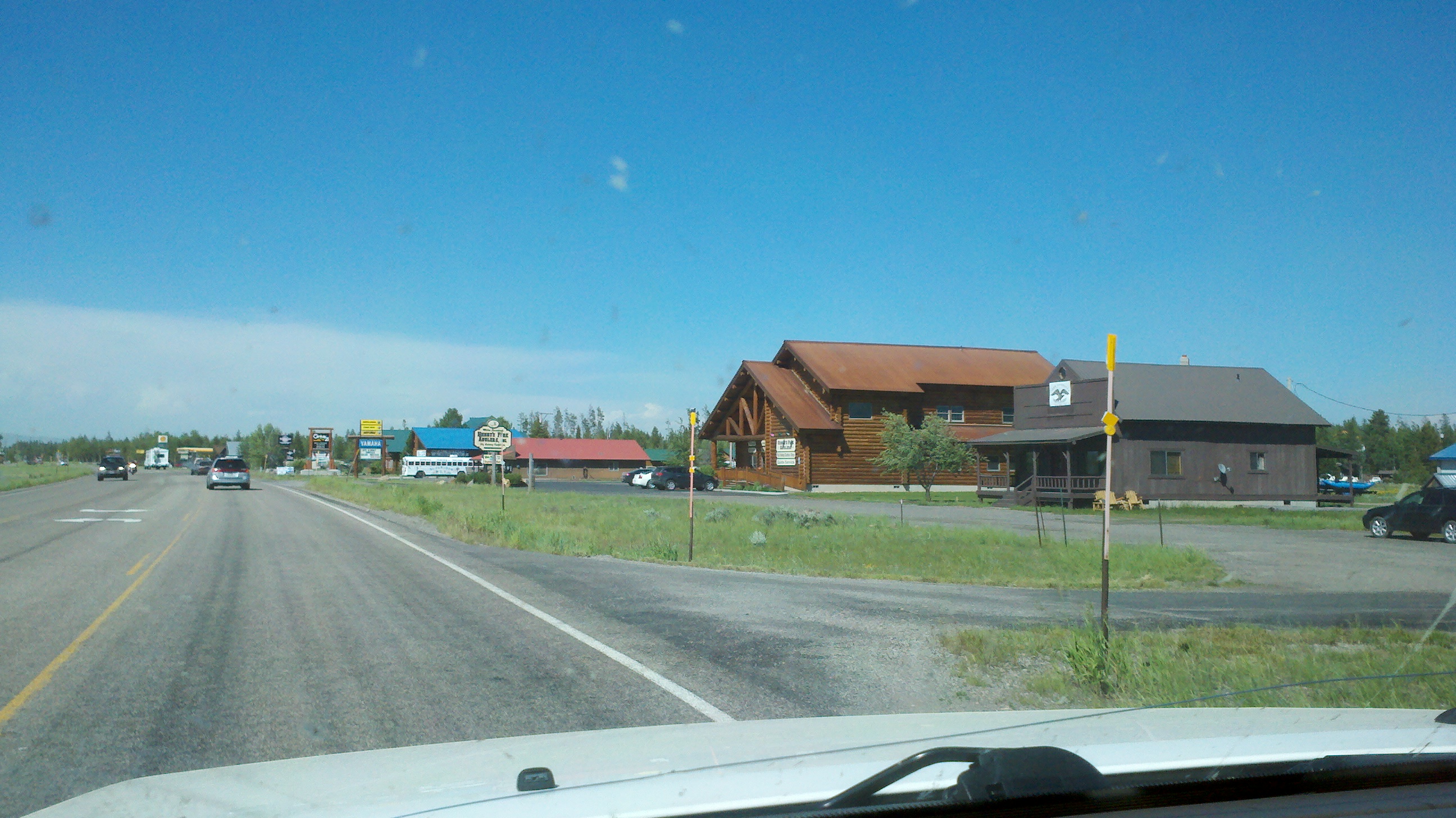
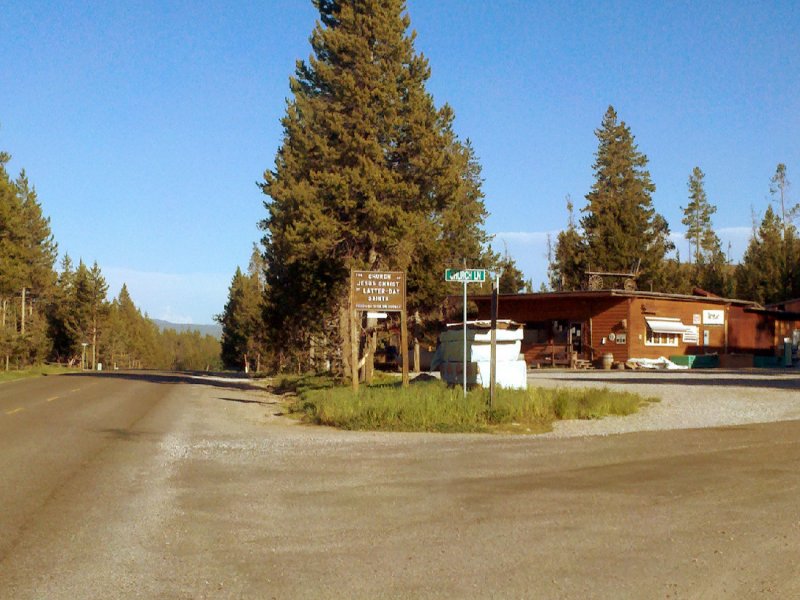


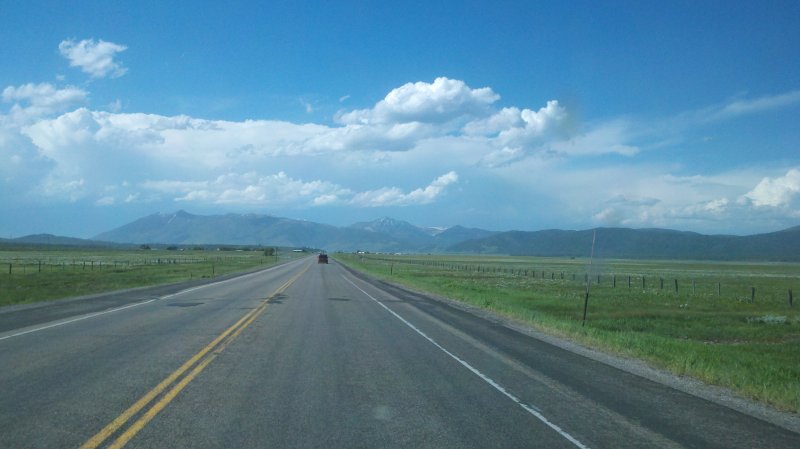


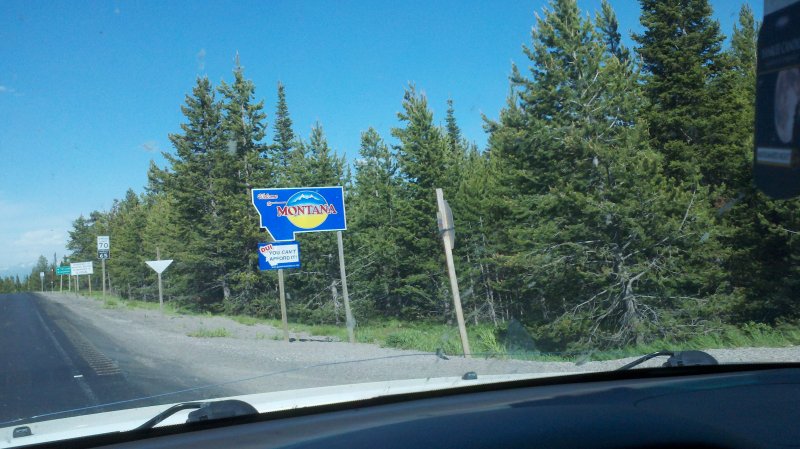



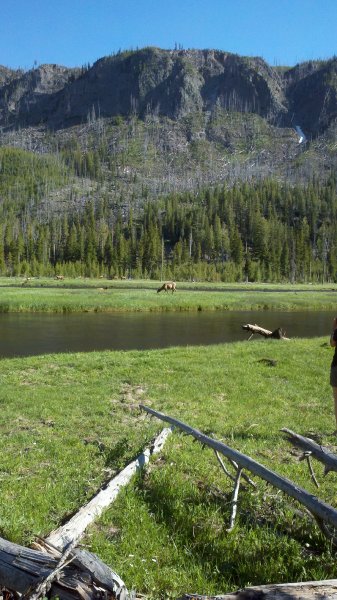
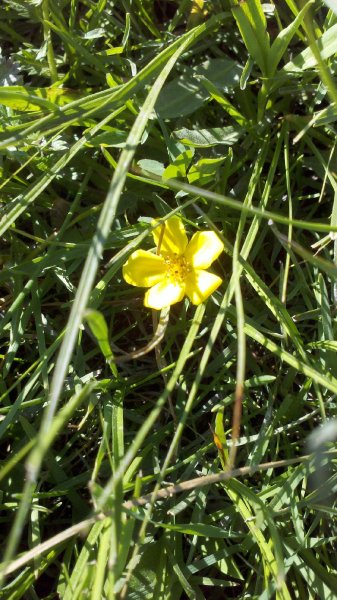
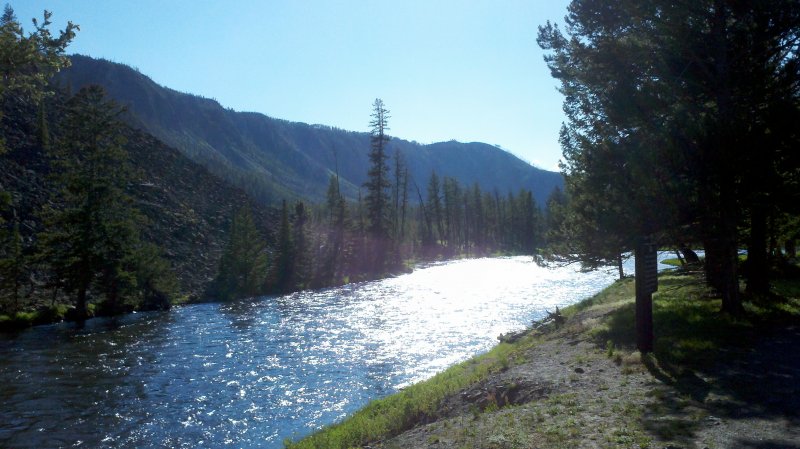

Sean, Thanks for the great photos and comments. I have a very great love for this area. My family has had a summer home in the Moose Creek area (off of the Big Springs loop) since before I was born. All of my Summers were spent there. I love, love, love this part of the world. Thanks! Reed
Beautiful, Sean – both the writing and the pictures. I liked the image of the spring water and the sacrament trays … and all the rest. Thank you for sharing your second home with us!
This is great, Sean. Thanks for sharing.
Really nice write-up!
Great photos and commentary and I loved seeing both your places of worship.